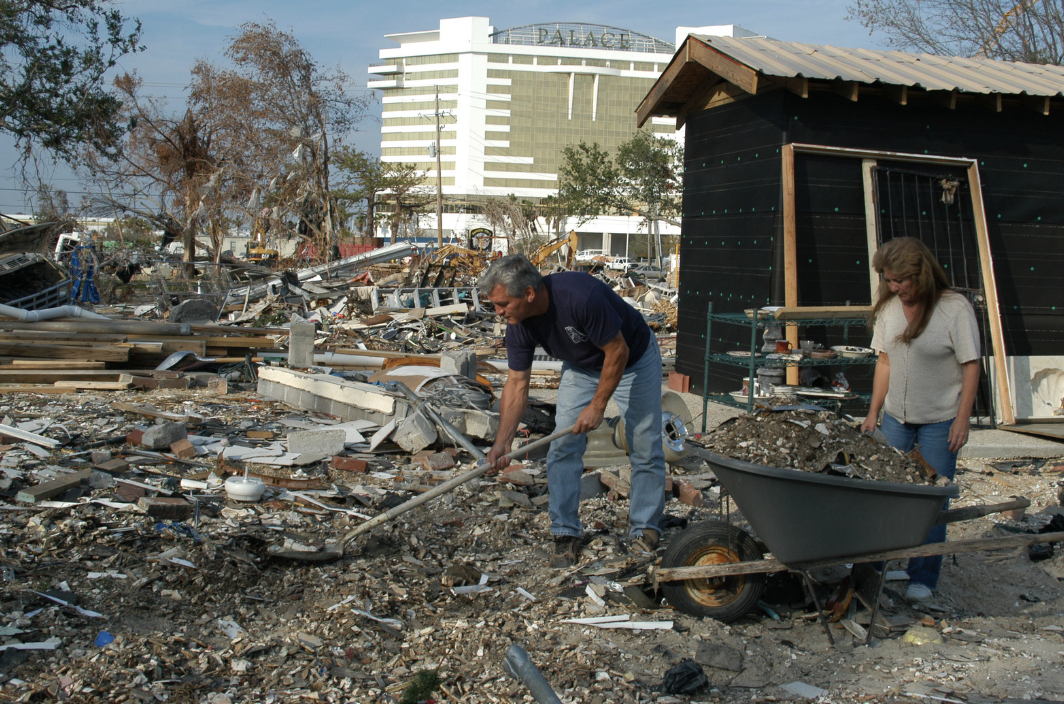
Earthquakes are natural disasters that happen at a rate of about 500,000 per year. While only about a fifth of these can be felt, many of them can have devastating consequences in the areas closest to the earthquake center. Some countries experience earthquakes almost constantly since they’re near fault lines, while others seldom feel a single tremor.
Though scientists cannot yet accurately predict the date or location of a future earthquake, certain cities and countries are more prone to being an earthquake center. Additionally, depending on location, earthquakes have the potential to be more catastrophic in one area than another. Knowing the science behind where and why earthquakes occur can help people make informed decisions when deciding where to live or visit.
What Is an Earthquake?
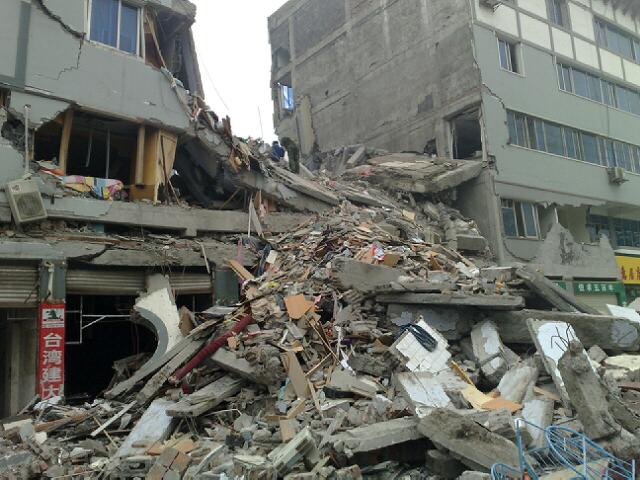
An earthquake is a shifting of the Earth’s surface due to moving tectonic plates. The outermost layer of the Earth, called the crust, is broken into many huge plates called tectonic plates. Plate boundaries are the edges around the tectonic plates, which consist of many fault lines. When the plates shift along the fault lines, the edges of the faults rub against each other. Energy builds up, and when the plates finally slip past each other, the friction caused by the movement unlocks, and the built-up energy causes seismic waves. The seismic waves then radiate outward from the earthquake center like ripples.
The hypocenter, also called the focus, is the area right below the crust where the earthquake initially erupts. The earthquake center is the area above ground directly over the hypocenter.
Types of Earthquake Faults
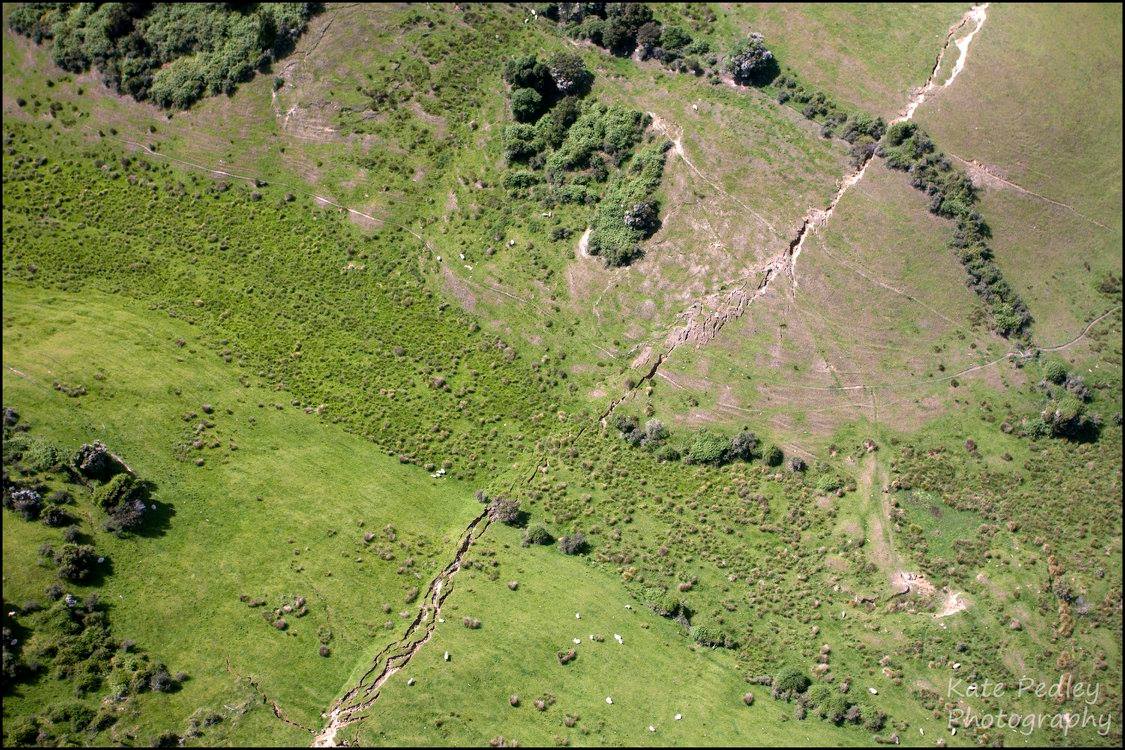
There are three main types of earthquake faults, which account for nearly all earthquakes: normal, reverse, and strike-slip.
Normal earthquake faults
It occur at divergent boundaries where the tectonic plates are moving away from each other. They are known as “dip-slip” displacements since the plates are vertically “dipping” past each other. One side often slumps into the Earth, creating the seismic energy released at the earthquake center. Normal earthquakes are the lowest stress level since it is just the stress of the weight of the rock itself producing the movement. Typically, normal earthquake faults only produce earthquakes with a maximum magnitude of 7.
Reverse faults
Also known as, dip-slip displacements. Unlike normal earthquake faults, reverse faults occur at convergent boundaries, where the tectonic plates are moving towards each other. In a reverse fault, one plate is forced up onto the other since the crust is pushing together. Reverse faults produce the most powerful and destructive earthquakes since the stress level is the highest. The stress that pushes the rock together moves one plate up and above ground where it escapes the stress. The most devastating earthquakes have been examples of earthquakes at reverse faults.
Strike-slip earthquake faults
are different from both normal and reverse earthquake faults. In a strike-slip earthquake, one side of the plates is moving horizontally past the other. Strike-slip earthquake faults have stress levels in between those of normal faults and reverse faults. They can produce earthquakes with a magnitude of up to 8.
How Do Scientists Determine the Earthquake Center?
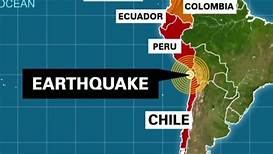
Scientists use a tool called a seismograph to record earthquakes. Seismographs produce seismograms, and with three different seismograms, scientists can pinpoint the epicenter or earthquake center. Using triangulation, three seismograms show the radius of three different circles. The intersection of all three circles is the earthquake center. The size of the earthquake is referred to as its magnitude, which is based on the strength of the seismic waves recorded.
The seismograph measures P and S waves, which move at different speeds like lightning and thunder. The P waves move faster and shake the ground first while the S waves follow behind. If you are at the earthquake center, it will appear as though the P waves and S waves are hitting you simultaneously. The farther from the earthquake center you go, the greater the delay in the S waves. Scientists determine the distance by analyzing the delay between the P waves and the S waves on the seismogram.
Why Are Certain Areas More Earthquake-Prone?
While places like the United Kingdom don’t see many earthquakes at all (and the ones they do see are rarely felt), places like Japan are almost constantly experiencing earthquakes. The propensity for an earthquake has to do with many variables, including the size and type of the closest fault. A vast majority (90%) of the world’s earthquakes occur along the Pacific Ring of Fire, which is a long, horseshoe-shaped stretch along the Pacific Plate.
Other factors can affect how deadly an earthquake actually is. While some areas are more prone than others, earthquakes are the most deadly in areas where there is a very dense, urban population (such as cities like Mexico City or Tokyo). This is only magnified in places where the infrastructure is not well-equipped for natural disasters. Cities on coasts where tsunamis can occur are also at elevated risk, along with areas near active volcanoes.
Volcanoes and Earthquakes
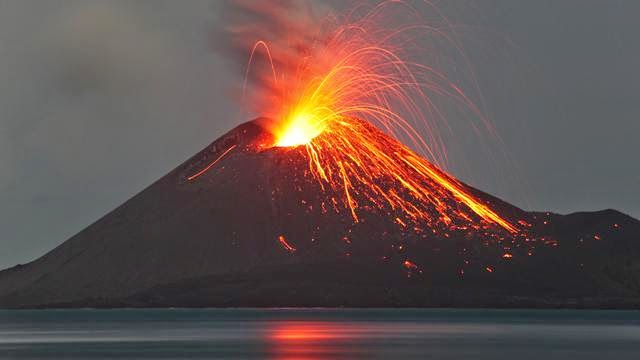
Earthquakes often occur in areas of high volcanic activity. Both the tectonic plates and the magma inside the volcanoes work to cause a shifting in the Earth’s crust. Volcanic activity and constantly moving magma can prompt seismic activity in the Earth’s crust. The flowing magma can also help scientists to predict when an earthquake may be imminent. Since the Ring of Fire is surrounded by thousands of volcanoes, it is no surprise that earthquakes are so frequent in this area.
5 Areas for the Strongest Earthquakes
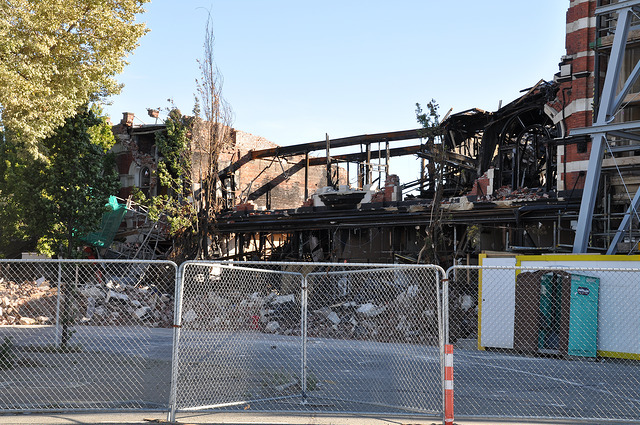
Unfortunately, some countries are highly predisposed to suffer from earthquake damage due to their distance from dangerous fault lines. Japan experiences the greatest number of earthquakes per year in the world since they are right along the Ring of Fire. Since Japan is an island, their earthquakes come with the additional risk of tsunamis. Sometimes when the seismic activity is great enough, the earthquake may cause a tsunami which wreaks even more devastation on the surrounding area. Japan experienced the fourth strongest earthquake ever recorded in 2011, at a magnitude of 9.1.
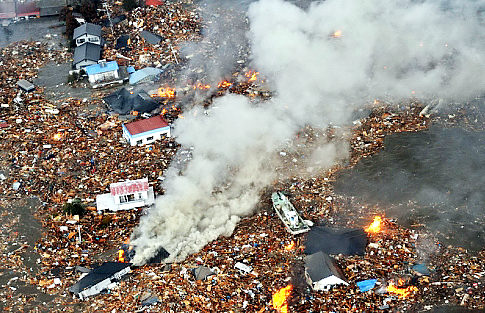
Indonesia is one of the most seismically active areas in the world as well. The deadliest, and third largest, earthquake ever recorded occurred in Indonesia in 2004. Over 280,000 people from many countries were believed to have died as a result of the 9.3 magnitude earthquake. The volcanoes surrounding Indonesia are some of the most active volcanoes in the Ring of Fire, making earthquakes a constant threat.
China has experienced some of the most severe earthquakes throughout the years they have been recorded. In 2008, they had the third costliest earthquake of all time, which caused $86 billion in damage from a magnitude 8.0 earthquake.
Chile holds the record for the strongest earthquake ever recorded. The Great Chilean Earthquake happened in Valdivia in 1960 and was a magnitude of 9.5. Approximately 2,000,000 people were made homeless after the earthquake, and a series of tsunamis following the quake was responsible for much of the damage. It is estimated that there were anywhere from 1,000 to 6,000 deaths as a result of this earthquake.
The waves from the earthquake center were felt around the world, with a tsunami occurring in Hawaii and waves creating damage in Japan, California, and the Philippines. With the Nazca Plate to the east, Chile is a hotbed for seismic activity.
The United States has experienced some of the strongest earthquakes ever recorded. The second strongest earthquake, with a magnitude of 9.2, occurred in Alaska in 1964. Since the western coast of the United States is along the Pacific Plate, California and Alaska experience earthquakes fairly frequently. California also lies along the San Andreas Fault, which is the dividing line between the Pacific Plate and the North American Plate. This strike-slip fault produces earthquakes that can easily surpass 7.0 in magnitude.
Conclusion
Earthquakes happen on a constant basis around the Earth though luckily most of them go completely unnoticed. Certain areas are much more likely to experience them on a severe level where damage and death may be likely. These areas are mostly found along the edges of the tectonic plates in the Earth’s crust. While the tectonic plates are always shifting, sometimes they create so much friction that an earthquake results. Volcanoes are also intrinsically linked with seismic activity and the damage that can result.
Though tsunamis and volcanic eruptions are additional natural disasters to watch out for after earthquakes, the quakes themselves can cause a ton of damage. As populations continue to climb in cities around the world, the risks only become greater. While scientists have been able to figure out ways to predict hurricanes and blizzards, earthquakes are still largely an unpredictable surprise. Avoiding the Ring of Fire and the edges of tectonic plates can help keep people safe, but the aftershocks from an earthquake can still be felt thousands of miles from the earthquake center depending on the magnitude of the quake.
Natural disasters cannot be avoided entirely, but with the proper knowledge and support, their effects can be minimized.
